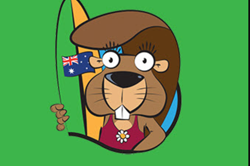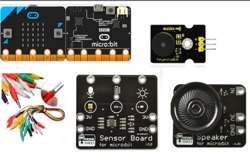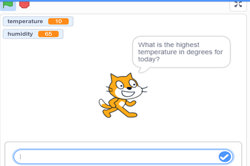CS Unplugged: Sorting Algorithms
Use the Lightest and Heaviest—Sorting Algorithms offline activity to explore how a computer lists information to make it easier to find. Support your teaching and learning with video clips and other related resources.
Additional details
| Year band(s) | 3-4, 5-6 |
|---|---|
| Format | Web page |
| Core and overarching concepts | Computational thinking, Algorithms |
| Australian Curriculum Digital Technologies code(s) |
AC9TDI4P02
Follow and describe algorithms involving sequencing, comparison operators (branching) and iteration
AC9TDI6P02
Design algorithms involving multiple alternatives (branching) and iteration |
| Keywords | Data retrieval, Data storage, Algorithms, Computation |
| Organisation | University of Canterbury, New Zealand |
| Copyright | Creative Commons BY-NC-SA 4.0 |
Related resources
-

Bebras Mini Challenges assessment
The free Bebras Mini Challenges is a set of short questions, called Bebras tasks.
-

Understanding digital systems (Years 3-4)
Simple ideas for learning about digital systems in the classroom.
-

Classroom ideas: Micro:bit Environmental Measurement (visual and general-purpose programming) (Years 5-8)
Investigating environmental data with Micro:bits: This tutorial shows the coding needed for digital solutions of some environmental issues that can be created using pseudocode and visual programming.
-

Computational thinking in the Australian Curriculum: Digital Technologies
This youtube video provides examples of computational thinking related to relevant contexts for a range of year bands.
-

Computational thinking poster
A poster/infographic that gives a brief overview of the concepts related to computational thinking.
-

DIY micro:bit metal detector (Years 5-6)
This activity shows one way to incorporate Digital Technologies into a goldfields unit in an authentic way using a micro:bit.
-

Visual programming with Scratch (Years 3-6)
This resource comprises a collection of sample activities that incorporate visual programming (Scratch) into teaching and learning programs.
-

Robots, data and computational thinking (Years 2-4)
This classroom resource comprises four worksheets to accompany a lesson on data and computational thinking. These materials are designed for teachers to use simple line-following robots (Ozobots) to engage students in the computational thinking process and working with data.
